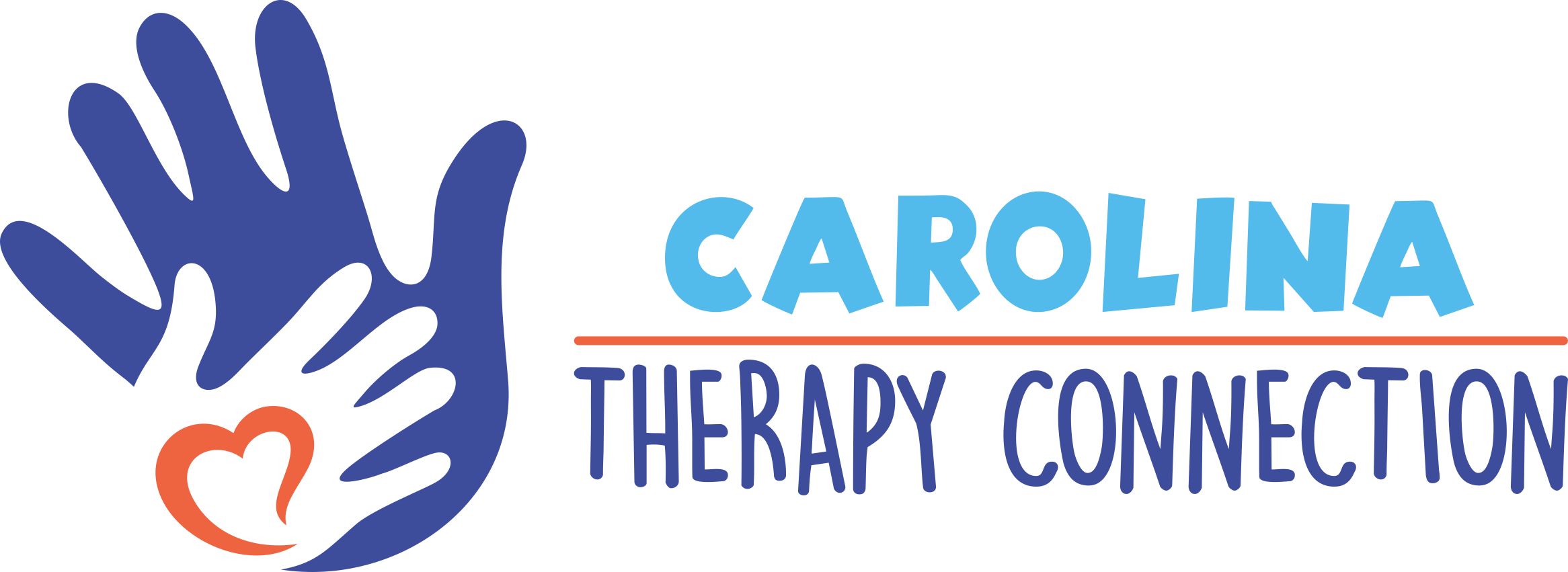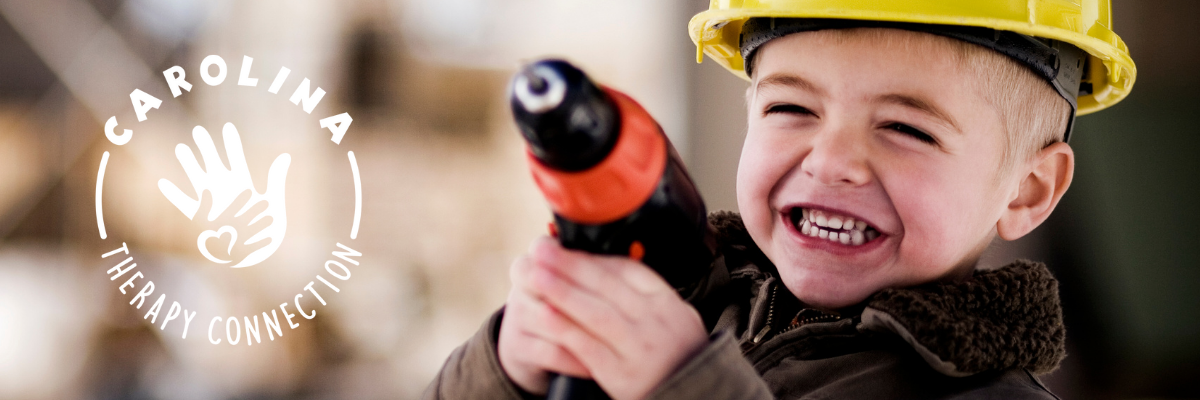What are developmental reflexes?
A reflex is an automatic and instantaneous response to a sensory stimulus. Remember when you were a child at the doctor’s office and they tapped your knee with a small mallet to check if your leg kicked upwards? You didn’t decide to kick your leg, it just kicked. There are many types of reflexes like this one and almost all of us have them. In fact, we’re born with most of them. The reflexes we are born with are called primitive reflexes and the ones we develop during the first years of life are called integrated reflexes. From infancy, reflexes are vitally important for proper development of the brain, nervous system, body and sensory systems. Some reflexes are meant to stay with us our whole lives. Others are designed to be dormant after their function is fulfilled – also called integration. Check out this awesome resource from Tools to Grow to learn more about specific reflexes and how they impact a child’s function during their daily life.
What are primitive reflexes?
Primitive reflexes are present at birth and should be integrated by 12 months to two years of age. Reflexes are the basis of our nervous system and our ability to move. Reflexes are automatic movements that happen without conscious thought that help us to survive, search for food, seek protection, avoid danger, and to walk. Reflexes originate in the brain stem, which is the area of the brain responsible for survival. If these reflexes are not integrated, the body stays in “survival” and “stress” mode which can cause difficulty with concentration, anxiety, poor behavior, deficits in coordination, and poor performance in developmental skills and school tasks. There are many risk factors for retained primitive reflexes including, but not limited to, the following: multiple births, prematurity, c-sections, lack of tummy time, higher instances of alcohol and drug abuse, and poor awareness of developmental stages.
What are integrated reflexes?
Integrated reflexes are important for developing motor control. A child needs motor control to maintain proper posture at a desk in school, ride a bike, read a book, cross midline, write, and get dressed. A child with integrated reflexes has normal movement patterns to complete these functional tasks at home and at school. A child with unintegrated reflexes could benefit from skilled reflex integration therapy which will essentially train a child’s brain by establishing an efficient movement pattern that supports higher level motor skills or cognitive tasks.
How do you know whether or not your child has integrated these reflexes?
There are many common areas of difficulty that may suggest a retained reflex including the following:
- “Bouncing” Child: Constantly moving, can’t sit still on a chair, hyperactive
- “Noodle” Child: Leans on everything, rests head on table
- “Shirt Chewers”: Constantly chewing on shirts or pencils, and touches everything
- “Emotional Child”: Challenges with regulating emotions, easily frustrated or upset, difficulty with utilizing age appropriate coping strategies to calm body
- School Performance Challenges: difficulty with reading, handwriting, language/speech, poor sitting balance and immature grasp on writing utensils
- Coordination Challenges: Chronic body aches, poor endurance, fatigue, muscle weakness, poor concentration, fidgeting, disorganization
What does treatment look like?
Once your Occupational Therapist suspects a retained reflex, he/she will educate the caregiver on the importance of carryover for treatment recommendations. Caregivers play an important role in seeing progression in their child’s everyday activities. It is typically recommended that the child completes a set of tailored exercises to meet your child’s needs, 5-10 minutes per day, for 30 consecutive days in order to see any progress. Your therapist may recommended a reward or sticker chart in order to keep your child motivated towards an end goal. Progress can be noted short term and over 9-12 months. In addition to exercises, your Occupational Therapist will make recommendations for modifications in the school and home environments which may include changing positioning during school work, movement breaks, sensory techniques, relaxation techniques, decreasing auditory and visual stimulation, and organizational skills, just to name a few!
In order to determine whether your child would benefit from direct treatment for Reflex Integration, it is recommended that your child be evaluated or screened by an Occupational Therapist at Carolina Therapy Connection. Give us a call at 252-341-9944 today to schedule your FREE occupational therapy screening with one of our experienced and knowledgable OT’s.





























